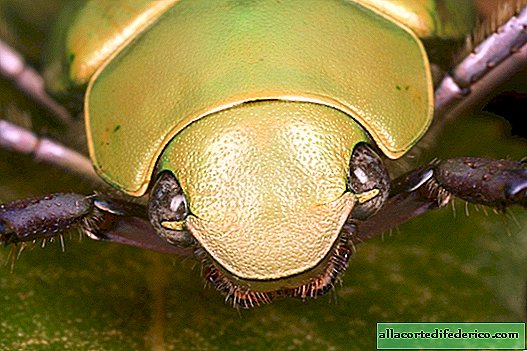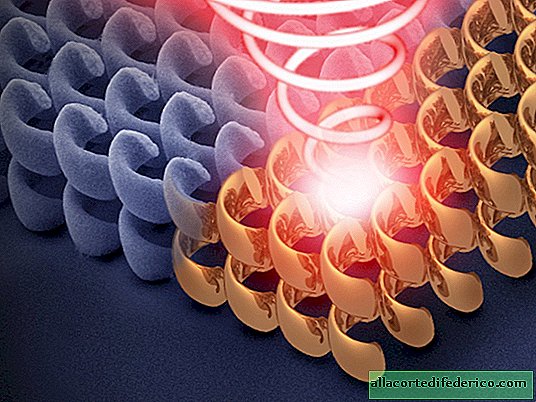Scarab Beetles in the Service of High Speed Internet
There are many brilliant discoveries and inventions that scientists have borrowed from the world of animals and plants. For example, a dragonfly became the prototype of a helicopter, night-vision devices were developed based on the study of the eyes of owls and cats, Velcro for fixing tissue was copied from the thorns of the burdock, and echolocation was detected using bats.

So the recent discovery of British scientists once again proves that we have something to learn from our smaller brothers. The subject of the study of specialists was the golden scarab beetle, more precisely, its South American variety. These pretty bugs, about 2 cm in size, live in the mountains of South America. For the first time, physicist Albert Michelson became interested in this type of beetle at the beginning of the last century. He noticed that the golden surface of the insect in an unusual way reflects sunlight. More recently, scientists have managed to advance in this direction. As British researchers found out, the wings and shell of these insects are covered with special nanostructures that have unique properties. The fact is that these nanostructures are capable of reflecting from the surface of the body of scarabs not only ordinary sunlight, but also any form of polarized light, including spiral-shaped. It is particularly interesting that the light "twisted" into a spiral is reflected from the surface of the beetle, maintaining its original appearance, and not distorted. While ordinary specular reflection reverses the polarization. This bug is considered unique among other similar insects. Prior to this, science had known cases where beetles with a shiny green or blue body surface were able to reflect left-handed polarized light, but distorted right-handed polarized light. Scarabs do this in the most virtuoso way: they reflect both versions of polarized light, and in a wide optical range.

It turns out that the surface of these insects has the properties of the so-called metamaterials - a set of nanoparticles with unique properties, for example, capable of reflecting sunlight and other types of electromagnetic radiation in an unusual way. Artificial metamaterials based on natural analogs are of great interest to scientists involved in the development of new optical systems. If scientists manage to copy the nanocoating of scarab beetles, improve it and recreate it in the same miniature form, this will make it possible to significantly advance in the creation of superfast Internet, as well as realize the wildest dreams of mankind about developing ultrafast light computers.

















